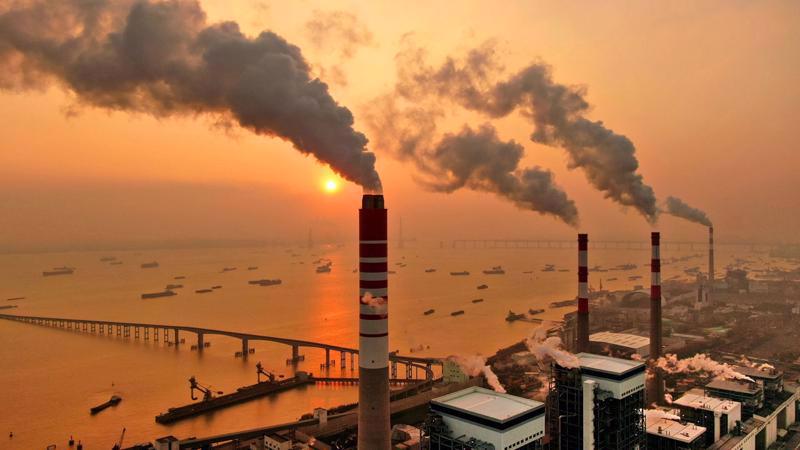
Vietnam’s Greenhouse Gas Emissions Trading System
Vietnam has officially launched a pilot phase of its emissions trading system (ETS) targeting key industries, including steel, cement, and thermal power. The program aims to reduce CO2 emissions in these sectors, which are among the largest contributors to the country’s carbon footprint. According to government sources, this pilot will cover approximately 50% of the nation’s total emissions, with plans to expand to other sectors in the future.
The ETS requires companies in the steel, cement, and thermal power industries to purchase carbon permits based on their emissions intensity – the amount of CO2 per unit of output. This step marks a significant milestone in Vietnam’s efforts to combat climate change, while gradually reducing its reliance on fossil fuels. The pilot phase is set to last until 2029, and companies will be required to acquire their first emission permits for the 2025-2026 period by the end of this year.
Emissions Trading Phase and Industry Impact
The pilot phase of the ETS will not immediately lead to drastic emissions reductions. Instead, the primary focus will be on acclimating companies to the new regulations. During the initial years, most permits will be allocated free of charge to companies in the steel, cement, and thermal power industries. As a result, analysts predict that significant reductions in emissions will not be seen right away.
In addition, companies will be allowed to offset up to 30% of their emissions by purchasing credits from domestic or international low-carbon projects. This flexibility provides companies with the opportunity to reduce their carbon impact while supporting global sustainability efforts. Over time, as the system matures, companies will need to adhere to stricter emissions targets to meet Vietnam’s climate goals.
Vietnam’s Path to Net-Zero Emissions by 2050
The emissions trading system is a crucial part of Vietnam’s broader strategy to reach net-zero emissions by 2050. The country has seen rapid growth in CO2 emissions in recent years, primarily due to an increase in coal-based electricity generation and steel production. In 2024 alone, electricity generation from coal increased by nearly 18%, while steel production rose by 15%. These trends highlight the urgent need for Vietnam to implement a robust emissions reduction strategy to meet its long-term climate objectives.
Global carbon emissions from the energy sector rose by 0.8% in 2024, reaching a new record high of 37.8 Gt. Despite this increase, global GDP grew by 3.2%, which marks a significant trend of decoupling emissions growth from economic growth. This development is essential for achieving global sustainability targets, and Vietnam’s decision to introduce the emissions trading system is a critical step toward reducing its carbon emissions while sustaining economic growth.
SuperMetalPrice Commentary:
Vietnam’s introduction of an emissions trading system is an essential move in the global effort to combat climate change. The steel, cement, and thermal power sectors are key contributors to carbon emissions, and addressing these industries is a necessary first step. While the short-term impact may not be significant, the long-term goal of achieving net-zero emissions by 2050 is ambitious and aligns with global climate targets. As more countries implement similar systems, the focus will shift from simply introducing such mechanisms to ensuring their effectiveness in reducing emissions at scale.











Leave a Reply
You must be logged in to post a comment.